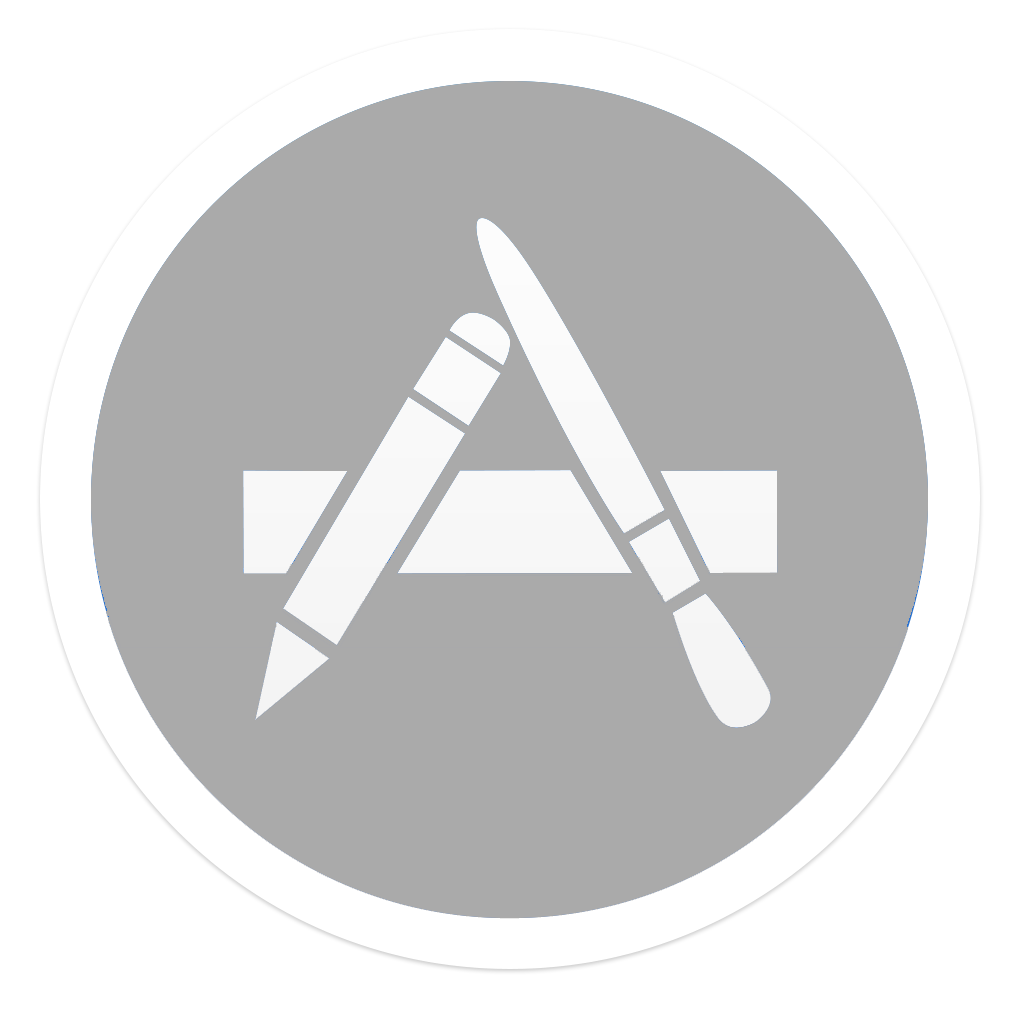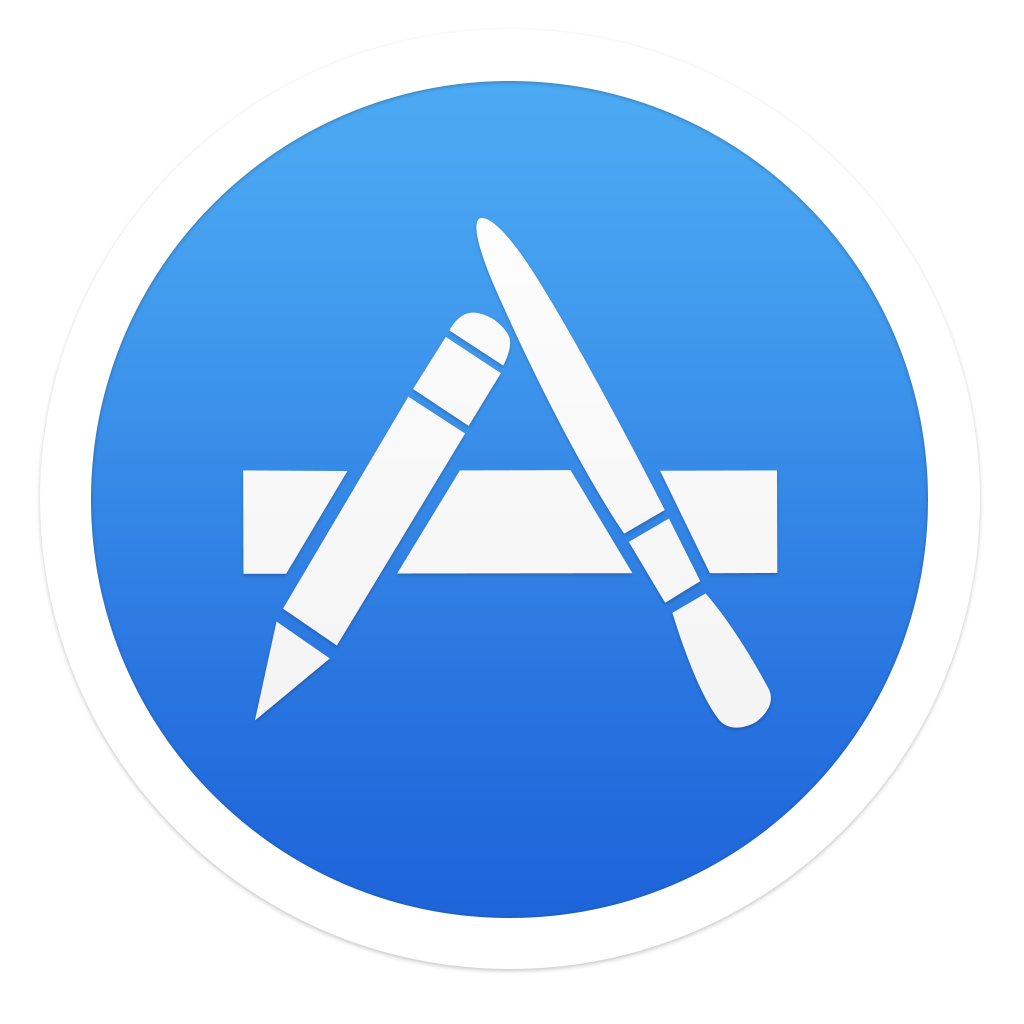

Cex.io launched in early 2013 in the UK as a holding entity for GHash.io, one of the largest bitcoin mining pools. Ghash grew to control about 42% of bitcoin hashing power. The company was founded by Ukranians - Oleksandr Lutskevych and Oleksandr Ushchapovskiy.
The exchange feature was added to help users sell and buy shares of the mining pool using bitcoin. Through its cloud mining services, the exchange made it easier and more convenient for users to enter and leave mining operations. There was no need to purchase mining hardware when joining, or to dispose of it when exiting.

8.6
iOS: 6.4
Android: 6.4
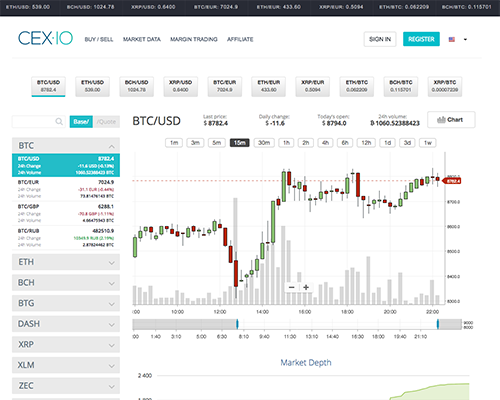
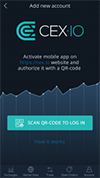
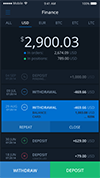
 Margin tradingYes (Exchange support margin trading)
Margin tradingYes (Exchange support margin trading) Trust scoreA
Trust scoreA Beginner friendlyYes (Exchange is simple for beginners)
Beginner friendlyYes (Exchange is simple for beginners) Stability4. Very (Exchange is very stable)
Stability4. Very (Exchange is very stable) FiatYes (The Exchange supports Fiat currency as USD, EUR, etc.)
FiatYes (The Exchange supports Fiat currency as USD, EUR, etc.) SafetyA (Very secure)
SafetyA (Very secure) APIYes (API is available for public to use)
APIYes (API is available for public to use) Rest APIYes (The Exchange has Rest API support)
Rest APIYes (The Exchange has Rest API support) WebsocketYes (The Exchange has Websocket support)
WebsocketYes (The Exchange has Websocket support) Mobile appYes (Exchange has a mobile app)
Mobile appYes (Exchange has a mobile app) Credit cardYes (Credit card support)
Credit cardYes (Credit card support) ReferralYes (Exchange offers an affiliate program)
ReferralYes (Exchange offers an affiliate program) Two factor authentificationYes (The Exchange supports two factor authentication)
Two factor authentificationYes (The Exchange supports two factor authentication) Withdrawal limitBy degree of verification (Exchange has a withdrawals limit)
Withdrawal limitBy degree of verification (Exchange has a withdrawals limit)By September 2014, Cex’s user-base had reached over 200,000. The exchange started accepting deposits in US dollars, euros and Russian rubles through wire transfers, credit cards and SEPA from users around the world who wanted to buy bitcoins or GHash mining shares.
After the August 1st Bitcoin hard fork that saw the creation of Bitcoin Cash (BCH), the exchange announced they had enabled selling and buying of the new cryptocurrency on their platform.
Before proceeding to the core of my Cex inspection I would like to remind readers that the company ceased all cloud mining operations in January 2016. Supposedly this was to better focus on their services as a cryptocurrency exchange and trading platform.
Strengths of CEX
- Cex has one of the best ranges of available features while guaranteeing an outstanding beginner-friendly experience. The site is surprisingly easy to use - yet offers a many services, trading pairs, security features, and deposit methods.
- Supports deposits made with credit cards from a majority of countries. When compared to Coinbase, Cex accepts credit cards from significantly more countries.
- Offers margin trading on BTC/USD, BTC/EUR, ETH/BTC and ETH/USD pairs with good loss-protection tools. Cex competitors such as Bitstamp or Coinbase have no margin trading.
- Executes orders through fill-or-kill (FOK), making transactions faster and easier for beginners. Even advanced trading platforms like Kraken do not yet offer FOK orders to their users.
- Includes a mobile application. The android app has received 100 thousand downloads from GooglePlay.
- Offers an API for 3rd party developers to build customized tools. Most of the leading crypto exchanges are now seeing the additional revenue advantages of opening and API to 3rd party developers.
- Simple sign-up via social media accounts: users can register using their Facebook, GoogleID, VK, and Github logins.
- New trending altcoins are actively being added for trading. Most recently we have seen the addition of Zcash and Dash, two increasingly popular privacy-focused cryptocurrencies.
- Using the affiliate buy/sell page you can easily get recent conversion rates. For example you'll quickly be able to see how much bitcoin you get for 100, 200, 500, or 1000 usd. I like the transparency offered by CEX - especially compared to other exchanges where you only see the rates after you have signed up.
- No known security breaches of customer funds to date. Cex has fared well while other large exchanges like Coinbase, Poloniex, Bitstamp, and Bitfinex have all experienced relatively severe thefts (though in most cases users were refunded).
Weaknesses of CEX
- Delays in card verification sometimes last weeks. Supposedly this was due to an influx of new users. We are indeed seeing reports of the delays clearing up progressively.
- Unresponsive customer support. Same as above, though the operators released a statement assuring the community that extra support staff were being recruited & trained.
- Currently supports only seven cryptocurrencies, a small number in comparison to other leading exchanges like Bitfinex or Bittrex. However this is slightly more than Coinbase and roughly the same as Bitstamp.
- Some countries are not supported with credit card and wire transfer payments. Alternatives such as Coinmama support more countries for Visa/Mastercard deposits. The Localbitcoins p2p exchnage will work in every country.
- Buggy mobile application offers only a few of the services accessible through the website. Justifiably the app only received a 3 out of 5 rating on the Play store.
- While the site does its very best to accommodate beginner bitcoiners. I feel that unfamiliar users are taken advantage of through slightly higher fees. Such is also the case on Coinbase and Coinmama. Sites like Kraken or Gdax are nowhere near as easy to use, yet offer the lowest fees to everyone.
Manuals for CEX.IO
You can register on Cex using a Facebook, Google, VK, or Github account. The process takes less than a minute. However, before you can use your credit card to purchase cryptocurrencies, you need to submit it for verification.
To verify your card, you will fill out a form that requires you to provide the name on the card, the card number and the expiration date. In addition, the exchange requires you to upload three color photos proving ownership of the card.
The first photo you provide is a selfie of you holding the card with its information clearly visible. The second photo is a selfie of you holding both the credit card and a government-issued ID. Information on both documents should be readable. The third photo is a selfie of you with the back of the ID visible.
After submitting these photos and filling out the form, you will be prompted to confirm that the information you have provided is up to date and valid. You will also give permission for a company compliance officer to view the information.
If everything meets the exchange’s requirements, you will receive an email notification alerting you on the readiness of your card for use on the exchange. If any part of the information you provide is not correct, the compliance officer will reach out to you for clarifications.
The verification process can take a few hours or up to a day. Some users, however, have reported waiting for longer than a day.
Mobile apps review of CEX.IO
The Cex mobile application is available for both Android and iOS. Through the app, you can deposit bitcoin, ether, and litecoin using a QR code. You can also place limit market orders within the app.
Users can view balances, active orders and changes in price. You can also initiate, manage and cancel orders as well as use real-time data from across different exchanges to analyse cryptocurrency markets.
Since the release of the app in December 2015, feedback from users has been both positive and negative. Some users have welcomed the app as a handy tool for keeping in touch with the market while on the go. I believe that such statements are indeed true, but more work could be made to expand the features of the app.
Others have expressed disappointment over poor user experience. Common complaints includes the app failing to execute orders, not displaying detailed graphs and making it difficult to login in.
It also only offers a fraction of the services accessible through the website. For instance, you can’t do margin trading through the app.





